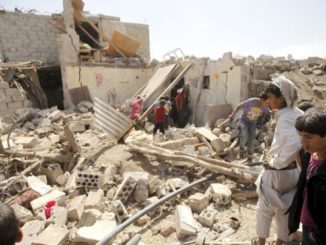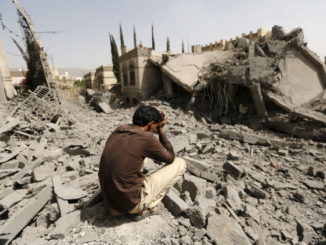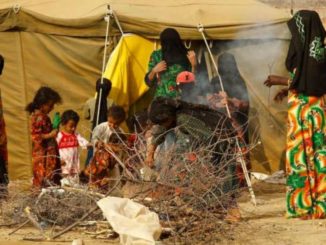
Yemen is Shocked to Its Bones
Time is on no one’s side as regards the crisis in Yemen. As nightmare visions of living skeletons with bloated bellies and pleading eyes once more appear on the planet’s TV screens, we in the U.S. will have missed a vital chance to avert a world in which untold millions are to be shocked to their bones.




